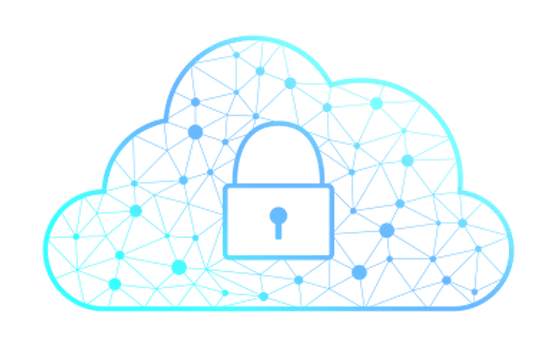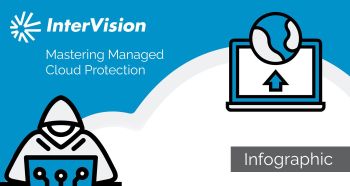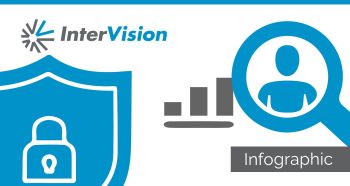Reliable and innovative cloud security expertise
Stand up a shield of protection for all of your workloads, networks, storage, serverless, and containers with InterVision’s® fully managed end-to-end security with best practices and top-tier partners. We identify and address vulnerabilities and monitor ongoing suspicious activity.
Managed Cloud Protection
Secure workloads, applications, serverless systems, networks, storage, and development pipelines with powerful advanced threat defense solutions.
Managed Detection and Response (MDR)
Full MDR monitoring lets you plug into other managed cloud services for remediation, and combine, correlate, and threat hunt in all log sources.
AWS’ Well-Architected Framework Review (WAFR)
WAFR audits all cloud resources against vendor, compliance, and industry best practices, flagging security gaps, redundancies, and unneeded expenditures.
Cloud Security Posture Management
Get real-time threat monitoring and alerts with recommendations for patching and remediation.
Professional Cloud Security Services
Using both native and best-in-breed third-party tools, our professional services can engage for DevSecOps, hybrid environments, and compliance needs.

Keep your business safe–and focused on long-term strategy
Conduct business with confidence and exploit all the benefits of the cloud, knowing with certainty your environment is secure. When it comes to security, we have got your back.
- Shift time and energy for strategic, high-impact projects.
- Improve security with fewer breaches and better deflection.
- Build trust with customers and partners.
- Use automation and AI to reduce pressure on small security teams.
WHITE PAPER
3 tips to secure and automate your public cloud architecture
Managing security in the cloud is radically different from managing it on-premises and definitely more complex. Read our recommendations for how to build security and automation into the foundation of the cloud and ensure ongoing compliance.

23% misconfigured cloud infrastructure
How secure is your cloud?
It’s not easy to stay ahead of new cloud security threats. Twenty-seven percent of organizations experienced a security incident with the public cloud.
Knowledge is power
Our experts have compiled research and recommendations to help you better understand threats, protection, and solutions.






















